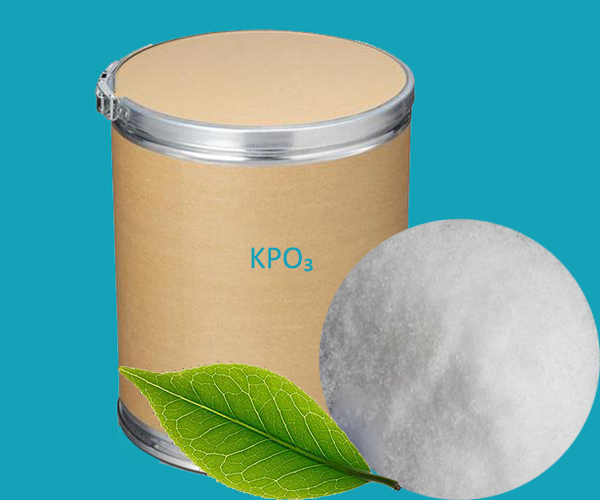Potassium metaphosphate (KPO₃) is an inorganic compound that is mainly used as a fat emulsifier, humectant, tissue improver, and protein precipitator. It can also be used as a softener for water and as a metal ion chelator. The appearance of potassium metaphosphate is a white glassy solid with a density of 2.393 g/cm³, a melting point of 807 °C and a boiling point of 1320 °C. It is easily soluble in dilute inorganic acids and slightly soluble in cold water, but insoluble in ethanol.
1. Food industry: Potassium metaphosphate is mainly used as an emulsifier, humectant, tissue improver and protein precipitant in the food industry. It can help keep food moist, improve tissue structure, and improve protein stability.
2. Water treatment: As a water softener and metal ion chelator, potassium metaphosphate can remove metal ions in water, reduce the formation of scale, and thus improve the cleanliness and efficiency of water.
3. Agriculture: Potassium metaphosphate is a chlorine-free phosphorus and potassium compound fertilizer, which can provide phosphorus and potassium nutrients required by plants, and at the same time, due to its special solubility characteristics, it can release fertilizer effects slowly or controlly, which contributes to environmental protection.
4. Ceramics and glass industry: Potassium metaphosphate can be used in the production of ceramics and glass as a flux and stabilizer to help improve the texture and strength of the product.
5. Metal surface treatment: In the metal surface treatment process, potassium metaphosphate can be used as a cleaning agent and corrosion inhibitor to help remove oxides and contaminants from metal surfaces and protect the metal from further corrosion.
6. Chemical synthesis: Potassium metaphosphate is also used as a raw material for chemical synthesis and involved in the manufacture of other chemical products, such as phosphate compounds.
 English
English Español
Español Português
Português Français
Français Deutsch
Deutsch Русский
Русский 中文
中文 日本語
日本語
